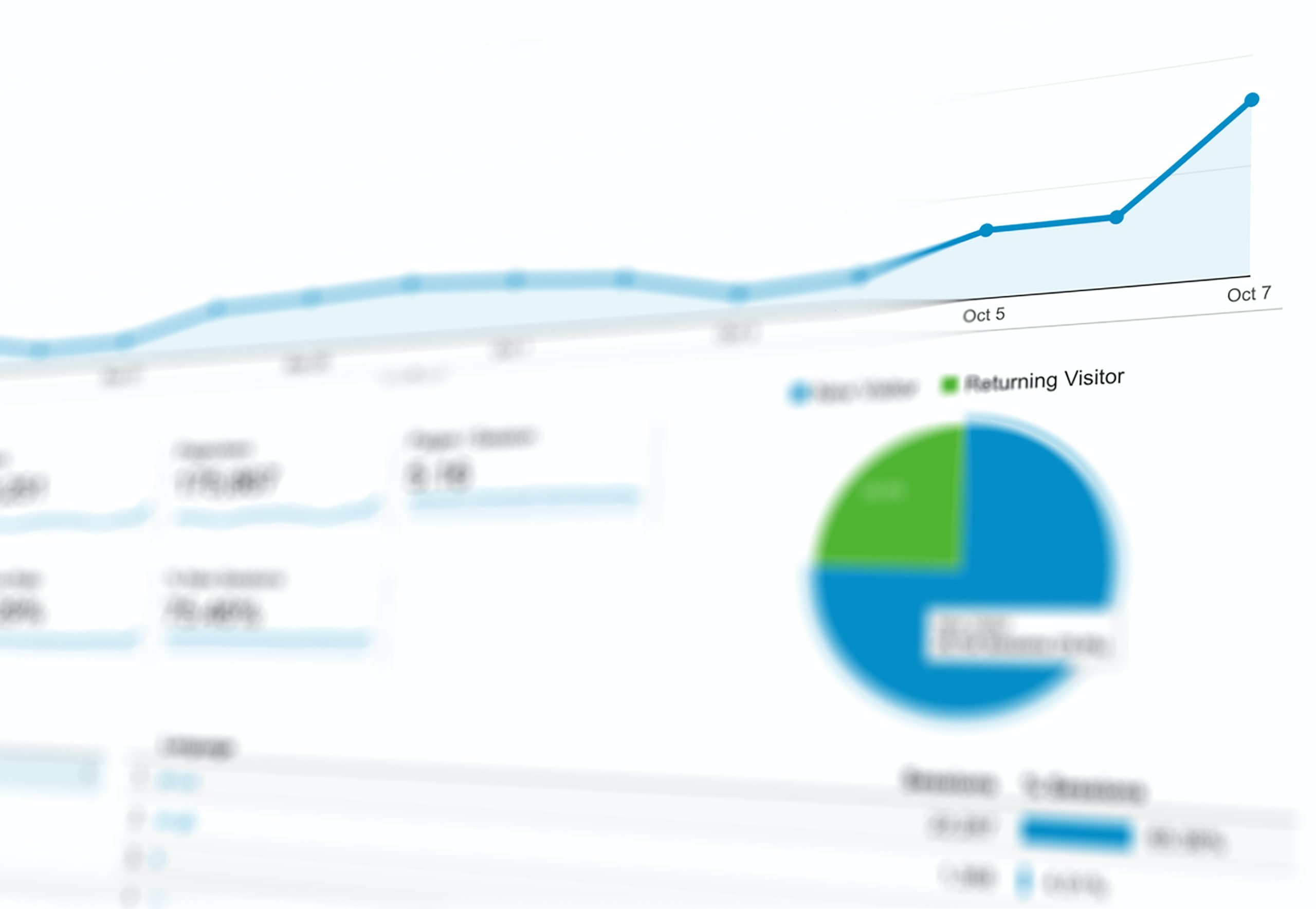02 Mar

New
5 Dont’s for Deploying Self-Service BI Tools
Self-service BI doesn’t just happen. Organizations must ensure data quality and watch how analysts work. Here you can find a selection of 5 Don’ts for deploying BI tools in your company and enabling a self-service culture.
Enterprises face a number of challenges around adopting BI tools for users, ensuring the infrastructure is in place and overcoming cultural challenges in the organization. The following don’ts will help ensure a smooth implementation of self-service BI tools.
- Don’t let users do their own thing
It’s not always a good idea to let users research and purchase BI tools. The chief data officer team needs to manage the selection of tools and provide the training and support structure to allow users to be productive.
This way, employees are able to focus on learning how to use the self-service BI tools to tell a story.
- Don’t let perfect be the enemy of good
In its “High Impact People Analytics: The 2017 Maturity Model” report, Deloitte Consulting’s Bersin noted it isn’t feasible to wait until all the data is clean and useable before taking action.
The trick is to identify and take action using a data set that is good enough. For example, if only 10 out of 1,000 records in a particular employee data set seem inaccurate or out of date, it would still be acceptable to run analyses.
- Don’t focus on one tool
While it would be great to have all analytics in one tool, automated and aligned to data governance standards, this is not a realistic goal. Most businesses move quickly, with new data and analytics needed to support the changing landscape.
Unfortunately, these initiatives are not cookie-cutter; they are very bespoke in nature.
- Don’t combine self-service BI tools with traditional BI
You’ll create duplicate elements, and any changes to these elements will require impact analysis.
A change in the extract, transform and load process will affect not only the existing reporting systems but also the self-service BI tools. BI groups will need to ensure all reporting systems reflect the same results. Reverse-engineering of a bug will take significant time because of multiple systems and duplicate elements.
- Don’t train business users with irrelevant data
Start training users with data from their own organization or their own department. It’s even better if the trainers can build relevant reports with the users during training. Otherwise, adoption will be low, and users are more likely to use the tool to export to Excel.
Adapted/Retrieved from https://searchbusinessanalytics.techtarget.com/tip/10-dos-and-donts-for-deploying-self-service-BI-tools  by George Lawton